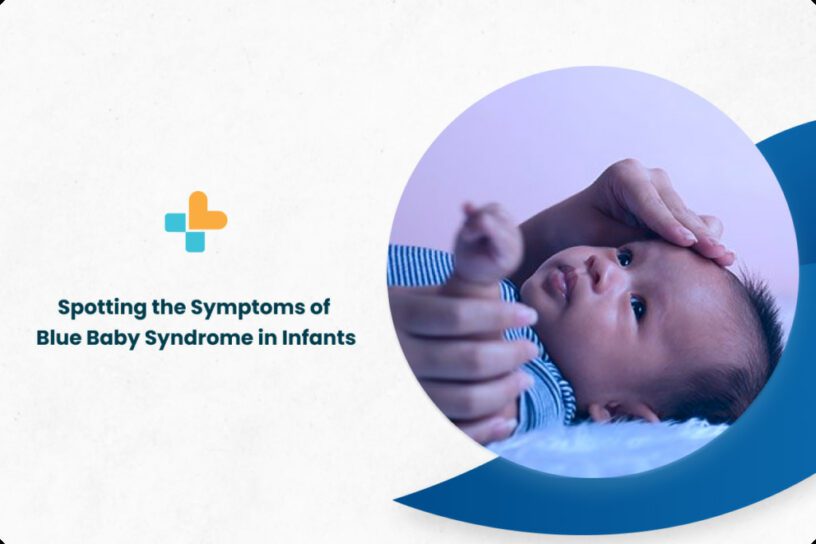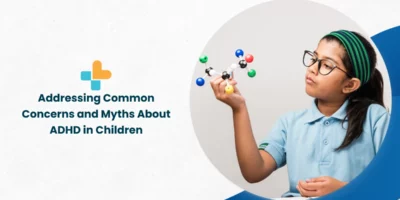Blue baby syndrome, also known as cyanosis, is a condition that causes an infant’s skin and mucous membranes to turn blue or purple due to a lack of oxygen in the blood. This can be a serious and potentially life-threatening condition, and it is important to be aware of the symptoms so that prompt treatment can be provided. In this article, we’ll explain what blue baby syndrome is, the potential causes, and how it is treated.
What is Blue Baby Syndrome?
Blue baby syndrome is a condition that occurs when there is not enough oxygen in the blood, causing the skin and mucous membranes to turn blue or purple. This can be caused by a variety of factors, including heart problems, respiratory problems, and other underlying conditions.
What Causes Blue Baby Syndrome?
The blue baby syndrome can be caused by a number of factors, including:
Heart problems: Heart defects or problems with the structure of the heart can cause the blue baby syndrome. For example, a hole in the wall between the left and right sides of the heart (atrial septal defect) or a problem with the structure of the heart valves can cause a reduced amount of oxygen-rich blood to be pumped through the body.
Respiratory problems: Respiratory problems, such as pneumonia or asthma, can cause blue baby syndrome by making it difficult for the infant to breathe.
Other underlying conditions: Blue baby syndrome can also be caused by other underlying conditions, such as anemia (a low red blood cell count) or methemoglobinemia (a condition in which the blood is unable to carry oxygen effectively).
What are the Symptoms of Blue Baby Syndrome?
The main symptom of blue baby syndrome is a blue or purple coloration of the skin and mucous membranes. This may be most noticeable around the lips, fingertips, and toes.
Other symptoms may include:
- Shortness of breath
- Rapid breathing
- Chest pain
- Weak pulse
- Fatigue
If you notice any of these symptoms in your infant, it is important to seek medical attention immediately.
The main symptom of blue baby syndrome is a blue or purple coloration of the skin and mucous membranes. This may be most noticeable around the lips, fingertips, and toes.
Other symptoms may include:
- Shortness of breath
- Rapid breathing
- Chest pain
- Weak pulse
- Fatigue
Blue baby syndrome can be caused by a number of factors, including:
Heart problems: Heart defects or problems with the structure of the heart can cause the blue baby syndrome. For example, a hole in the wall between the left and right sides of the heart (atrial septal defect) or a problem with the structure of the heart valves can cause a reduced amount of oxygen-rich blood to be pumped through the body.
Respiratory problems: Respiratory problems, such as pneumonia or asthma, can cause blue baby syndrome by making it difficult for the infant to breathe.
Other underlying conditions: Blue baby syndrome can also be caused by other underlying conditions, such as anemia (a low red blood cell count) or methemoglobinemia (a condition in which the blood is unable to carry oxygen effectively).
Blue baby syndrome is a condition that occurs when there is not enough oxygen in the blood, causing the skin and mucous membranes to turn blue or purple. This can be caused by a variety of factors, including heart problems, respiratory problems, and other underlying conditions.
Blue Baby Life Expectancy
The life expectancy of a baby with blue baby syndrome will depend on the underlying cause of the condition and how quickly it is treated. Some infants with mild heart defects may have a normal life expectancy, while others with more severe heart problems may require ongoing medical treatment and may have a shortened life expectancy.
Blue Baby Heart Disease
Blue baby syndrome, also known as cyanotic heart disease, refers to a group of congenital heart defects that result in decreased oxygen levels in the blood. This can cause a bluish tint to the skin and other symptoms such as difficulty breathing and poor feeding.
Some Types of Cyanotic Heart Disease Include:
- Tetralogy of Fallot: a combination of four heart defects that can cause cyanosis.
- Transposition of the great arteries: a condition in which the two main vessels carrying blood to and from the heart are switched.
- Tricuspid atresia: a condition in which there is no tricuspid valve and the right ventricle is underdeveloped.
- Pulmonary atresia: a condition in which the pulmonary valve is not fully developed, preventing blood from flowing to the lungs.
- Total anomalous pulmonary venous connection (TAPVC): a condition in which the veins that carry blood from the lungs to the heart are not properly connected to the heart.
- Truncus arteriosus: a rare congenital heart defect that results in a single large blood vessel instead of two separate vessels (pulmonary artery and aorta) to supply oxygenated and deoxygenated blood to the body.
These are some examples of cyanotic heart disease, but there are many other types as well. Treatment for cyanotic heart disease may include surgery, medication, and lifestyle changes.
Conclusion
At Ayu Health, the patients get the best possible healthcare at affordable prices. Having an excellent team of doctors and healthcare professionals, it’s undoubtedly the best option for anybody. Are you looking for a specialist to consult? Contact us at 636-610-0800 to know more.
Our Hospital Locations
Pediatrics Surgery Hospitals in Chandigarh | Pediatrics Surgery Hospitals in Bangalore | Pediatrics Surgery Hospitals in Jaipur | Pediatrics Surgery Hospitals in NCR | Pediatrics Surgery Hospitals in Hyderabad
Our Doctors
Pediatrics Surgery Doctors in Chandigarh | Pediatrics Surgery Doctors in Bangalore | Pediatrics Surgery Doctors in Jaipur | Pediatrics Surgery Doctors in NCR | Pediatrics Surgery Doctors in Hyderabad
About the Author

Dr. S. Goel
Dr. S. Goel is a renowned Internal Medicine Specialist currently practicing at Ayu Health, Bangalore. He is a Specialist in Internal Medicine, Diabetes HTN, Paediatric Care, and Family Medicine.




